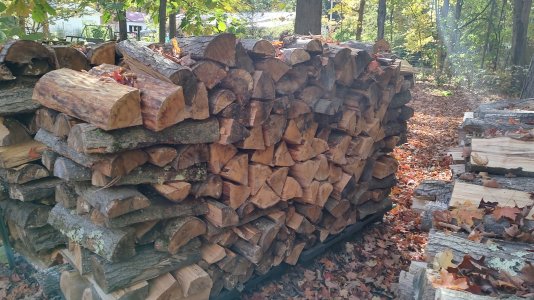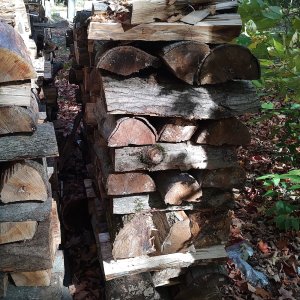We don't have OSHA in Norway, but we have regulatory bodies that are probably more extensive, stricter, and farther-reaching than anything in the US. However, the best advice I ever got was from an old hand on a marine fish farm. The best translation I can come up with is:
"Don't put your feet or your hands where you wouldn't put your dick."
This advice is probably the best thing I ever heard when it comes to safety. I worked with a lot of guys who lost fingers or nearly lost fingers or toes on fish farms and boats that got careless with equipment, ropes, cranes etc.
It is now engrained in my mind, and luckily I've never had a problem, despite some close calls.


